A pneumatic air volume booster reproduce a low flow control signal with a higher regulated flow output pressure. It uses an unregulated input pressure to maintain a regulated output pressure under flowing and non-flowing conditions.
The volume booster is connected to the supply line and the output plumbing. It receives a pneumatic control signal, however, from another device, such as a transducer, valve positioner or other control means.
This pneumatic signal controls the pressure into and out of the booster, while allowing the booster to flow the maximum volume of the supply line. Boosters may also be referred to as pilot-operated regulators, as your control or pilot signal maintains the pressure control.
The regulated output of a pneumatic air volume booster can be any of the following:
-
-
- A direct reproduction of the pneumatic control signal
- A multiple of the pneumatic control signal
- A fraction of the pneumatic control signal
-
The volume booster ratio is the multiplier or divider of signal pressure to output pressure. For example, a 2:1 ratio means output pressure is 1/2 the signal pressure. Similarly, a 2:1 ratio would provide output pressure twice the signal pressure. Note, however, the output pressure can never exceed the supply pressure to the booster.
Often the signal pressure is lower than the supply pressure because a control device (valve positioner, I/P, etc.) will only handle a lower supply pressure.
The volume booster is used to improve stroking speed. If precision valve control is required, the use of a positioner is recommended. If the volume booster is to be used for on/off control, the integral bypass restriction on the booster must be closed.
Volume Booster
A volume booster is used in a pneumatic control system to relay a low flow signal as one with greater flow volume. The common configuration is to provide a 1:1 ratio between the input and output pressure, keeping the input and output signals the same pressure. Products are available that deliver different ratios.
The general purpose of a volume booster is to provide a relay between a system with low flow volume and one with higher volume requirements.
A typical example is a pneumatic actuator. The flow available through the pneumatic signal line may be insufficient to deliver the response rate desired from the pneumatic actuator.
A volume booster, with control over an independent air supply, solves this challenge with increased flow volume at the same pressure as the control signal.
Volume boosters are simple in operation. The input signal applies force to one side of a diaphragm, the output pressure to the other.
An imbalance between the two applied pressures will cause the diaphragm to move, changing the position of the valve and the outlet pressure until the two forces are again in balance.
Little maintenance is required when the units are properly installed and supply air is of good quality.
Figure 1. Sectional View of Volume Booster
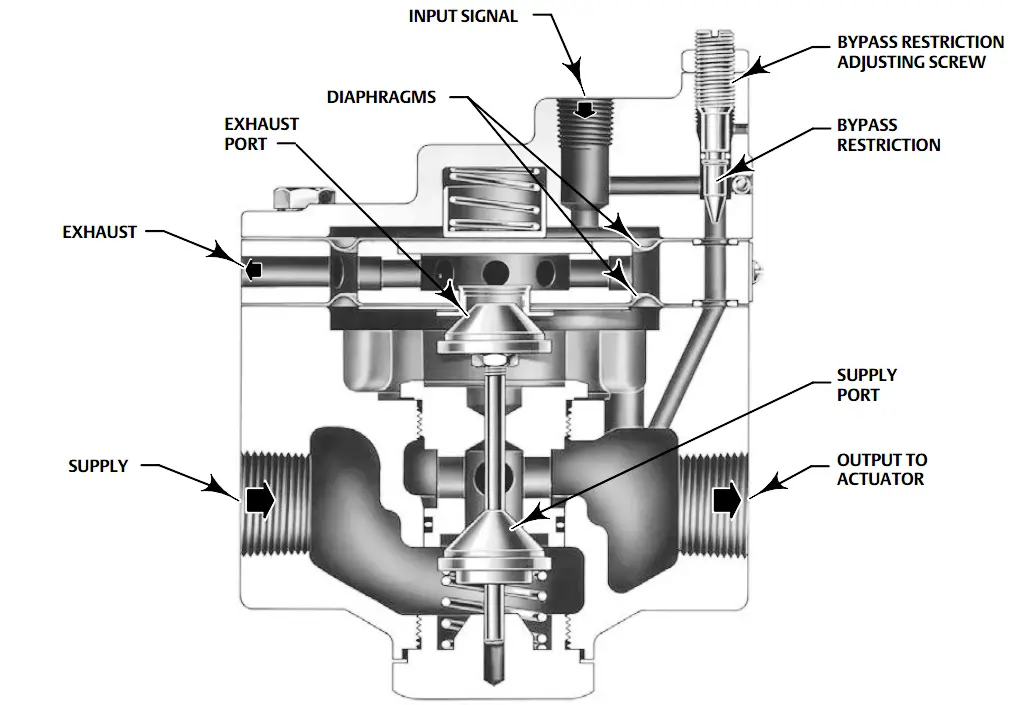
Image Courtesy : Emerson
Principle of Operation
Refer to figures 1 and 2. Because of the bypass restriction, large input signal changes register on the booster input diaphragm sooner than in the actuator.
A large, sudden change in input signal causes a pressure differential to exist between the input signal and the output of the booster.
When this occurs, the diaphragms move to open either the supply port or the exhaust port, whichever action is required to reduce the differential.
The port remains open until the difference between the booster input and output pressures returns to within the deadband limit of the booster.
With the bypass restriction adjusted for stable operation, a signal with small magnitude and rate changes passes through the bypass restriction and into the actuator without initiating booster operation.
Both supply and exhaust ports remain closed, preventing unnecessary air consumption and possible saturation of positioner relays.
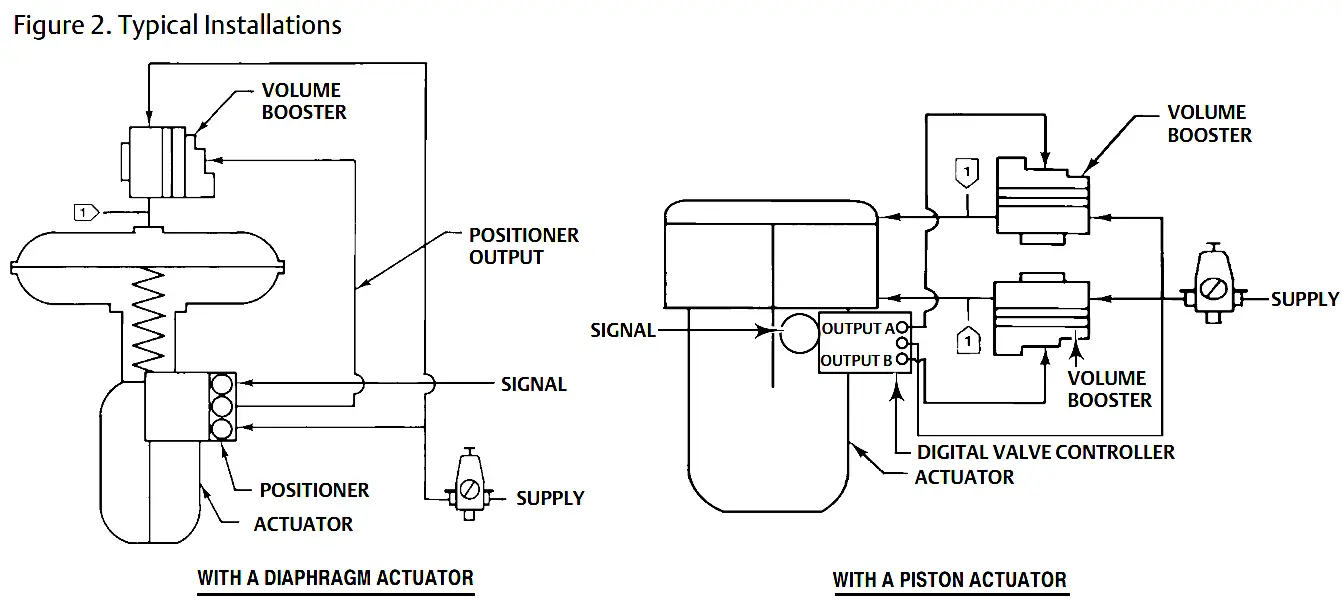
Image Courtesy : Emerson
Advantages :
- Quick response with increeased actuator stroking speeds
- Maintains correct actuator postioning at high stroking speeds
- Adjustable by pass valve provides good operational sensitivity
- High stability which allow normal slow actuator response to slow signal changes
- Capable of using high pressure plant air supply
- Different Booster sizes available to suit wide range of actuator sizes
- Main internal air supply valve with Soft seat insert for tight shut off
Source : Emerson & msjacobs
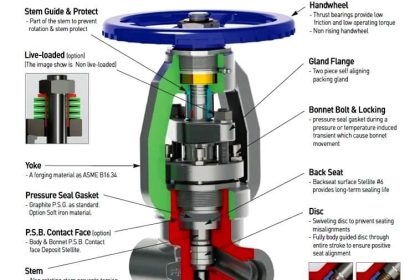
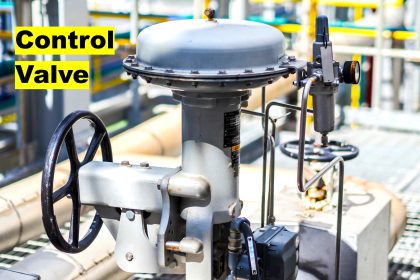
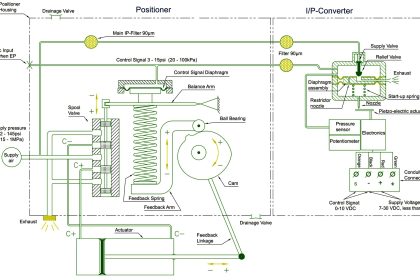
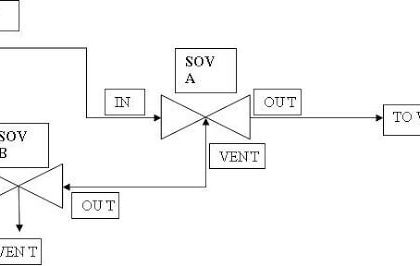
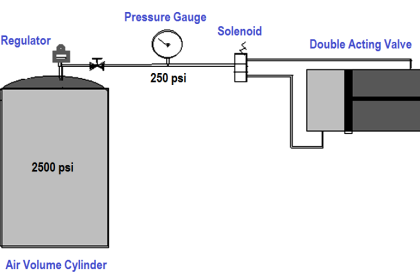
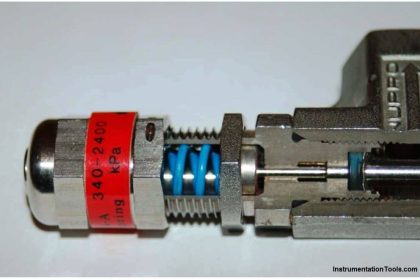
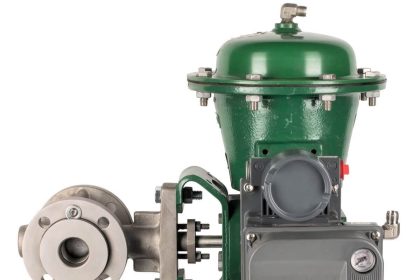

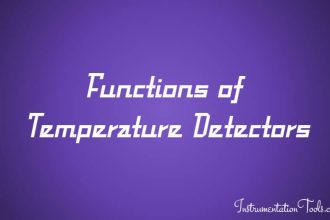
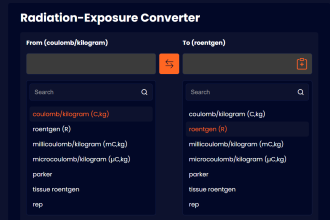
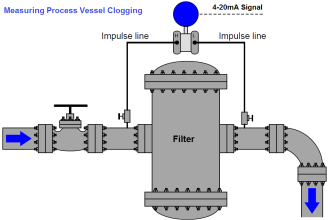
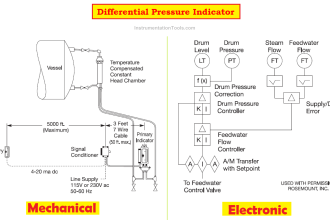
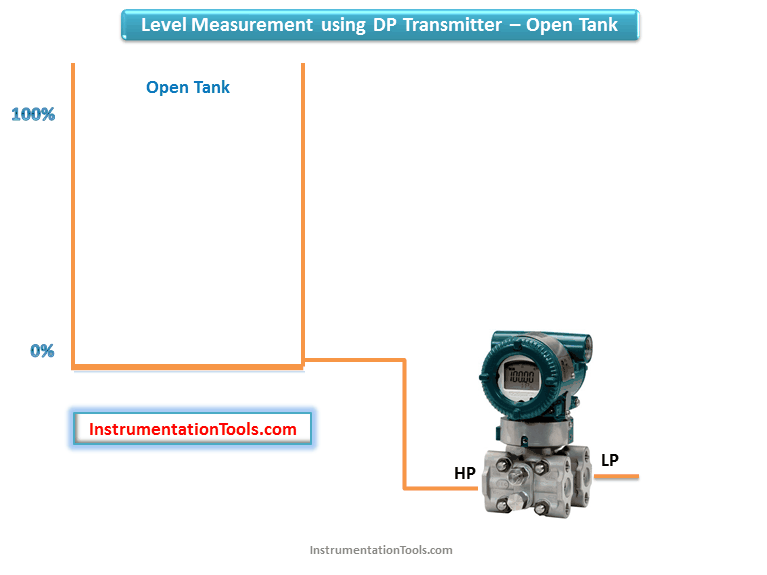
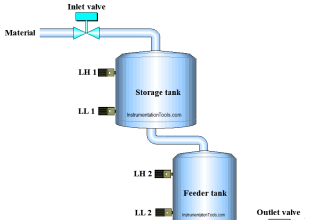
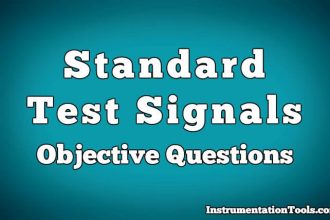
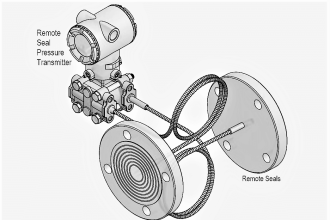

As a general rule, large volume actuators will need volume boosters when stroking time is critical. However, this does affect the gain of the positioners somewhat, and particularly Digital positioners, so care must be taken when controller tuning is done on these valves as boosters will introduce some lag in the response to control in small signal steps.